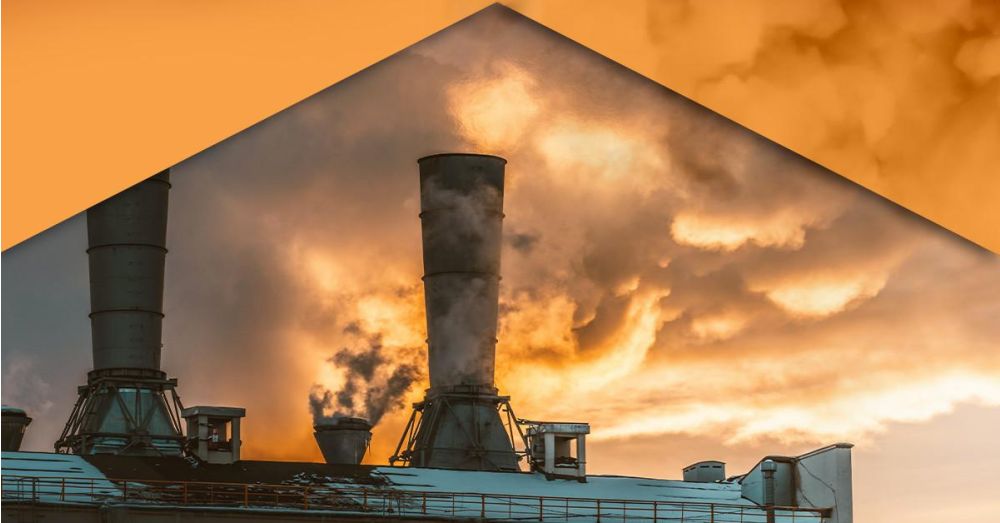Understanding Air Pollution - What Are the Biggest Sources of Particulate Matter and How Are They Classified?
Understanding Air Pollution - What Are the Biggest Sources of Particulate Matter and How Are They Classified?
Sources of particulate pollution – particulate matter 10 sources & particulate matter 2.5 sources
Particle pollution can come from two different kinds of sources—primary or secondary. Primary sources cause particle pollution on their own. For example, wood stoves and forest fires are primary sources. Secondary sources let off gases that can form particles. Power plants and coal fires are examples of secondary sources.
Some other common sources of particle pollution can be either primary or secondary—for example, factories, cars and trucks, and construction sites. Smoke from fires and emissions released from power plants, industrial facilities, and cars and trucks contain particulate matter.
Natural sources of particulate matter
Natural sources of PM include sea salt, dust (such as airborne soil), and pollen, but it also includes material from volcanic eruptions and particles formed from natural gaseous precursors (e.g., sulphates).
Sources of indoor particulate matter
PM found indoors includes particles of outdoor origin that migrate indoors and particles that originate from indoor sources. Indoor PM can be generated through cooking, combustion activities (including burning of candles, use of fireplaces, use of unvented space heaters or kerosene heaters, cigarette smoking), and some hobbies. Indoor PM can also be of biological origin.
What is considered fine particulate matter?
The term fine particles, or particulate matter 2.5 (PM2.5), refers to tiny particles or droplets in the air that are two-and-one-half microns or less in width.
Industries & areas where particulate matter monitoring is most important
Industries and areas where particulate matter exposure has seen a focus include construction and demolition as well as metal recycling facilities. These sites have been known to affect the surrounding population areas when plans are not put in place to monitor and remediate when high exposure events are likely.
Particulate matter monitoring equipment
PM monitoring equipment is available in both a wearable for personal sampling to gauge the exposure of specific employees and as area monitors that sample in a designated space. Area monitors can be placed indoors and sit on a desktop or are also available in a handheld format to walk around with easier. Monitors can also be mounted in outdoor enclosures and run long-term on battery and solar power.
Get Started with RAECO’s Particulate Matter Monitoring Equipment Today
RAECO Rents supplies instrument from leading manufacturers to monitor and alert on dust levels that are present on construction and demolition sites. At RAECO, we have training materials on the site to get you up to speed, and our support staff is available for any question you might have. RAECO Rents only charges you for the days that you have the equipment in your hands, not when it is in transit to or from the testing site.


